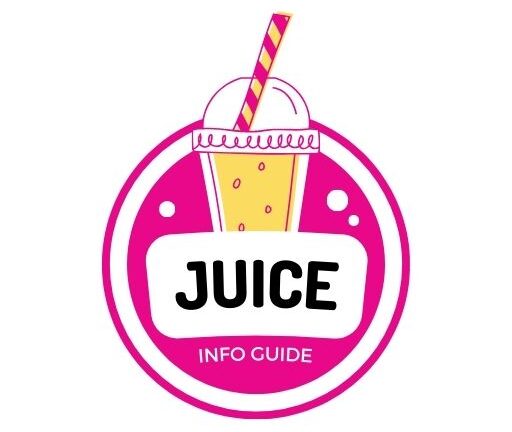Lemon juice is a household staple, known for its bright, tangy flavor that can elevate everything from a simple glass of water to gourmet dishes. But have you ever stopped to wonder what exactly gives lemon juice its characteristic zing? The answer lies in citric acid, a naturally occurring compound that makes up a significant portion of this versatile liquid.
The Citric Acid Content in Lemon Juice
On average, lemon juice contains about 5% to 6% citric acid. This makes it a rich source of this particular acid, which contributes significantly to its sour taste and various applications. In fact, both lemon and lime juices are known for their high citric acid content, making them valuable ingredients in cooking, cleaning, and even certain health practices.
To put it in perspective, fresh-squeezed or cold-pressed lemon juice contains approximately 1.44 grams of citric acid per ounce. This is a higher concentration compared to other citrus fruits like sweet oranges, which have less than 0.5 grams of citric acid per ounce, and grapefruits, which contain slightly more at just over 0.5 grams per ounce.
Citric Acid in Other Forms of Lemon
It’s worth noting that the citric acid content can vary depending on the form of the lemon product. For example, lemon juice concentrates typically contain a slightly lower concentration of citric acid compared to fresh juice. According to research, lemon juice concentrate contains about 1.10 grams of citric acid per ounce.
The amount of citric acid in commercially available lemonade and other juice products can vary widely, ranging from 0.03 to 0.22 grams per ounce. This variability highlights that not all lemon-flavored products are created equal when it comes to their citric acid content.
Why Citric Acid Matters
Citric acid isn’t just responsible for the sour taste of lemons; it also plays several other important roles:
- Natural Preservative: Citric acid is a good, natural preservative, which is why lemon juice is often used to extend the shelf life of various foods.
- Flavor Enhancer: It enhances the flavor of dishes, adding a refreshing tartness that balances sweetness and richness.
- Cleaning Agent: Citric acid is a fantastic degreaser.
- Health Benefits: Citric acid and its derivatives, like citrate, are used to manage certain health conditions.
The Role of Other Acids in Lemons
While citric acid is the predominant acid in lemons, it’s not the only one. Lemons also contain other acids like malic acid, ascorbic acid (Vitamin C), oxalic acid, tartaric acid, and lactic acid. These acids contribute to the overall flavor profile and health benefits of lemons.
Lemon Juice vs. Lime Juice
Lemon and lime juice have similar citric acid levels. Lime juice contains around 1.38 grams of citric acid per ounce. While the difference is minimal, it contributes to the slightly different taste profiles of these two citrus fruits.
Using Lemon Juice as a Citric Acid Substitute
If you’re in a pinch and need citric acid for a recipe, lemon juice can be a suitable substitute. A general guideline is that 1/4 teaspoon of citric acid is equivalent to 1 tablespoon of lemon juice. However, you may need to adjust the liquid content of your recipe to compensate for the added volume from the lemon juice.
Applications of Citric Acid in Lemon Juice
Lemon juice, with its citric acid content, is used in a variety of products:
- Salad Dressings: The citric acid adds a tangy flavor and helps preserve the dressing.
- Pickles: It contributes to the pickling process and enhances the flavor.
- Beverages: Lemonade, cocktails, and other drinks benefit from the refreshing sourness of citric acid.
- Jams and Jellies: It helps with the setting process and adds a bright flavor.
Fun Facts About Citric Acid
- Citric acid is part of the tricarboxylic acid cycle, also known as the Krebs cycle, which occurs in all animal tissues and is essential for oxidative metabolic processes.
- It can be used to dissolve lime scale in bathrooms and kettles.
- Citric acid is relatively inexpensive and can be found in most stores that sell herbs and spices.
Maximizing the Benefits of Lemon Juice
To get the most out of lemon juice and its citric acid content, consider these tips:
- Use Freshly Squeezed Juice: Freshly squeezed lemon juice offers the best flavor and highest concentration of citric acid compared to bottled varieties.
- Store Lemons Properly: Keep lemons in the refrigerator to prolong their freshness and preserve their citric acid content.
- Don’t Waste the Peel: Lemon zest also contains citric acid, as well as flavorful oils that can enhance your recipes.
Conclusion
So, the next time you reach for a lemon, remember that you’re not just adding flavor to your dish or drink; you’re also adding a healthy dose of citric acid. Knowing what percentage of lemon juice is citric acid helps you appreciate its versatility and make informed decisions in your culinary adventures.
